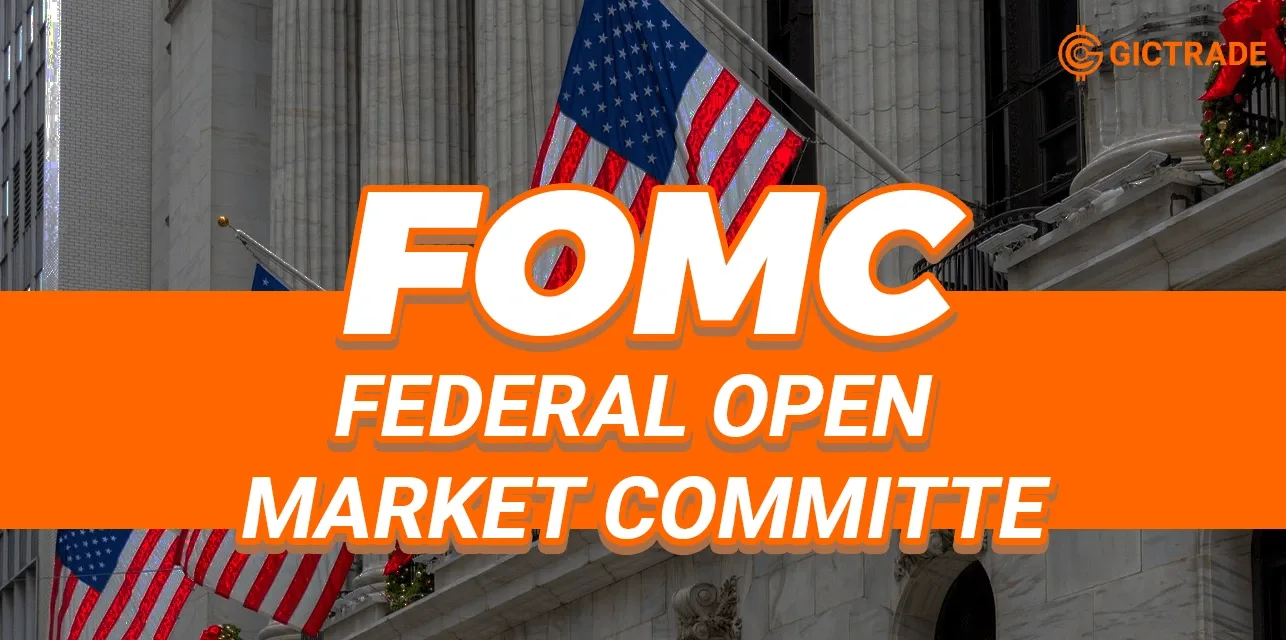What is FOMC?
The FOMC is a group of Fed officials who are given the sole authority to vote whether to raise, lower, or hold interest rates steady. The FOMC, specifically, is one of three branches of the Federal Reserve System (the FOMC, the board of governors, and the 12 regional reserve banks). The FOMC, or Federal Open Market Committee, is a committee within the Federal Reserve System that makes key decisions about interest rates and the growth of the U.S. money supply. The Federal Reserve System controls three monetary policy tools:- Open market operations
- Discount value
- Reserve requirements
When is the FOMC Meeting?
The next FOMC meeting schedule in 2022 is:- June 14–15, 2022
- July 26–27, 2022
- September 20-21, 2022
- November 1-2, 2022
- December 13-14, 2022
If you want to view the schedule for the following year, you can check this calendar.
How Often Does the FOMC Meet
The FOMC typically meets eight times a year in the Board Room of the Eccles Building in Washington, D.C., but members meet by teleconference when necessary. If economic conditions warrant additional meetings, the FOMC can and does meet more frequently. At each regularly scheduled two-day FOMC meeting: A senior official at the Federal Reserve Bank of New York discusses developments in financial and foreign exchange markets, as well as the activities of the New York Fed Trading Desk, where U.S. government securities are bought and sold. The staff of the Board of Governors then presents its economic and financial forecasts.The Board of Governors and the 12 Reserve Bank presidents—whether they are voting members that year or not—offer their assessments of recent developments and views on the economic outlook. Armed with a wealth of up-to-date national, international, and regional information, the FOMC deliberates on monetary policy options that will best move the economy toward the “dual mandate” goals given to the Fed by Congress: maximum employment and price stability. FOMC meetings conclude with a decision on the stance of policy.
Why is the FOMC Meeting important?
Many traders use fundamental analysis when trading in the financial markets, and economic indicators play a key role in this. The FOMC decision on interest rates has a significant impact on the US dollar. Being aware of the scheduled date of the FOMC meeting and knowing whether there is a Fed meeting on that day allows you to prepare for the crazy volatility that may occur in the market. You may prefer to stay out of the market until the FOMC meeting results are published, or you may have a bias about what the Fed will do and want to stay in the market and trade this bias.It’s not enough to be aware of the meeting though. You also need to monitor the FOMC by reading the FOMC minutes and watching the press conference. These can often provide important clues as to the likely direction of the US dollar in the near term. For example, if the FOMC states that the Fed is adopting a hawkish stance, you might consider buying USD. If they adopt a dovish stance, you might want to sell USD.
Terms Related to the Impact of FOMC Decisions
Understanding the terms related to the impact of FOMC decisions, namely:Hawkish
Dovish
A dovish stance means that the Fed is trying to prevent deflation and avoid economic contraction. The Fed employs a variety of policies and strategies designed to stimulate the economy and stop prices from falling too low. The primary approach they take is to lower interest rates. Low interest rates encourage people to spend money and grow businesses because borrowing is cheaper.Dovish or Hawkish Attitude Affects Forex Trading
How Does the FOMC Increase Monetary Supply?
When the Fed lowers reserve requirements for banks, it effectively creates more liquidity in financial markets, thereby increasing the monetary supply. Repurchases of Treasury securities also increase reserves, putting more money back into circulation. After the Financial Crisis of 2007-2008, the FOMC embarked on a series of quantitative easing measures, designed to keep interest rates low and help spur growth.
These measures were maintained until 2015, but after the COVID-19 pandemic caused the economy to briefly enter a recession, the Fed once again began buying back Treasuries from March-June 2020, although critics argue this action also helped spur inflation. That's the explanation of the Federal Open Market Committee, you can also read other GIC articles to get more knowledge, such as Inspirational Stories of Successful Entrepreneurs, only in the GIC Journal. Make sure to download the GIC Mobile Apps on the Google Play Store and Apple App Store. Don't forget to register for trading at GIC to try to start having digital assets.
 Last:
Last: 









